Database design and Logical Asseveration play a vital role in database performance and SQL Query optimization. Both have different parameters to make your database and the query accurate.
Read more »


Database design and Logical Asseveration play a vital role in database performance and SQL Query optimization. Both have different parameters to make your database and the query accurate.
Read more »

In my previous article, we looked at how to use the CREATE VIEW SQL statement to create views. In this one, we are moving on and focusing on how to modify views. We will continue using examples on a sample database and data created in the first write-up so in order to follow along, head over and read the Creating views in SQL Server part before starting with this one.
Read more »

In this article, we look at how to create different types of relationships between two or more tables in the Power BI data model.
Read more »
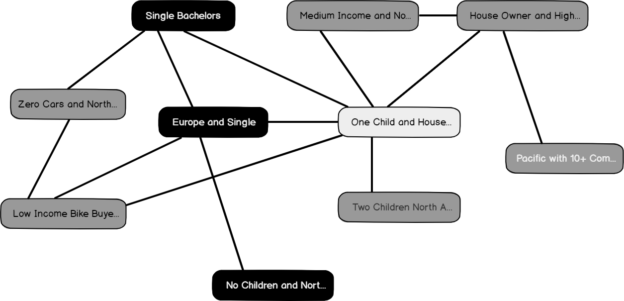
Microsoft Clustering is the next data mining topic we will be discussing in our SQL Server Data mining techniques series. Until now, we have discussed a few data mining techniques like: Naïve Bayes, Decision Trees, Time Series, and Association Rules.
Read more »

This article demonstrates different methods to attach SQL Server MDF files. First, let me explain about the database files.
Read more »

While working with raw data, you may frequently face date values stored as text. Converting these values to a date data type is very important since dates may be more valuable during analysis. In SQL Server, converting a string to date can be achieved in different approaches.
Read more »

In this article, we are going to see how to use the CREATE VIEW SQL statement to create a view. This is the first article in a series that will be a programmatical approach of creating, altering and working with views using T-SQL. If you are a beginner and you don’t even know what a view is, don’t worry. We will kick off with a definition, and then move on to some basics like syntax, examples, use cases, etc.
Read more »

In this article, we will describe the relation between the Set Theory and SQL Server Set Operations
Read more »
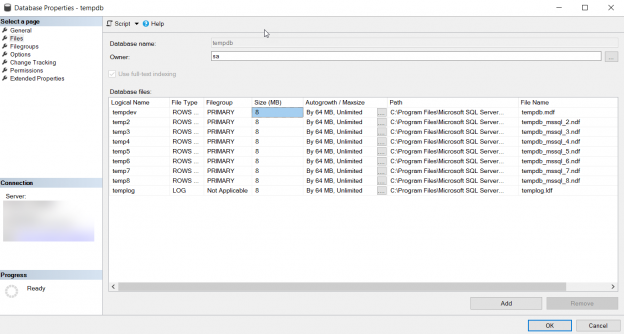
In this article, we will discuss the best practices that should be followed in order to keep the TempDB database in a healthy state and prevent any unexpected growth of the database, in addition to the procedure that can be followed to detect this unexpected growth once occurred.
Read more »

The SQL CREATE INDEX statement is used to create clustered as well as non-clustered indexes in SQL Server. An index in a database is very similar to an index in a book. A book index may have a list of topics discussed in a book in alphabetical order. Therefore, if you want to search for any specific topic, you simply go to the index, find the page number of the topic, and go to that specific page number. Database indexes are similar and come handy. Particularly, if you have a huge number of records in your database, indexes can speed up the query execution process. There are two major types of indexes in SQL Server: clustered indexes and non-clustered indexes.
Read more »
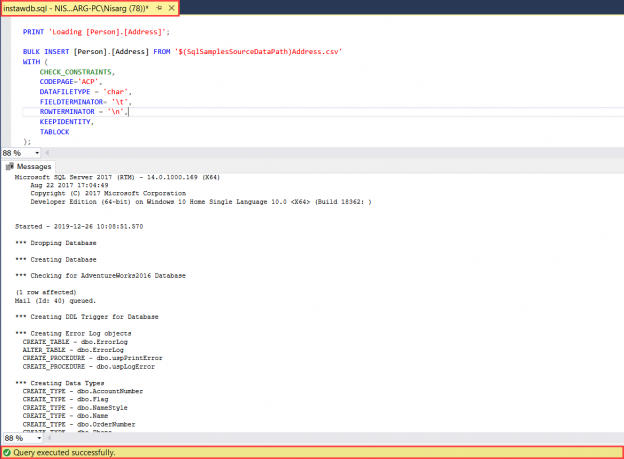
This article explains the process of installing the AdventureWorks2016 and AdventureWorksDW2016 sample database on a stand-alone instance of SQL Server and Azure SQL Server. The sample databases were published by Microsoft to demonstrate how to design a database using SQL Server. Microsoft has also published another lightweight database named AdventureworksLT, which can be used as a sample database on Azure SQL Server.
Read more »

Welcome to the first article in the Learn SQL series. In this part, we’ll start with two essential commands in SQL: Create Database and Create Table. While both are pretty simple, they should be used first before you start working on anything with data (unless you use some template database).
Read more »
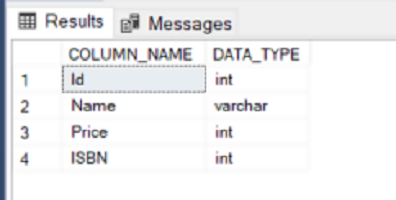
This article explains SQL DDL commands in Microsoft SQL Server using a few simple examples.
Read more »

In this article, you will see how to use different types of SQL JOIN tables queries to select data from two or more related tables.
Read more »
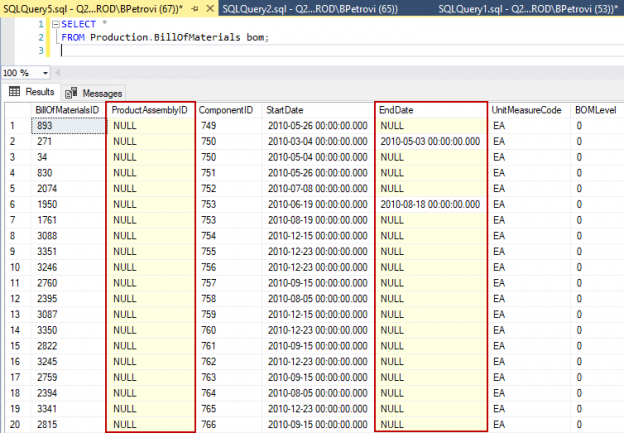
This article is about many different SQL data types that we use when working with SQL Server. We will start with a quick overview and go through some stuff like categories of data types, what objects we can work with, and how to create our own custom data types.
Read more »

Security has been one of the prime concerns of database developers since the inception of database management systems. Various data protection schemes have been introduced to provide secure access to sensitive data.
Read more »
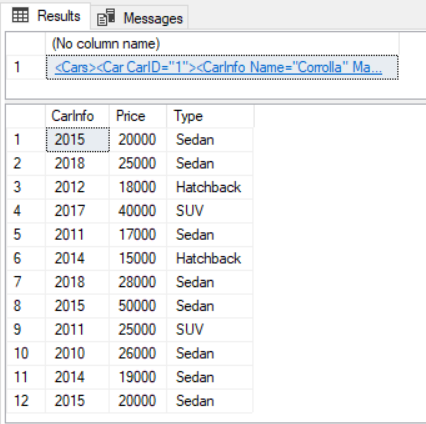
XML (eXtensible Markup Language) is one of the most common formats used to share information between different platforms. Owing to its simplicity and readability, it has become the de-facto standard for data sharing. In addition, XML is easily extendable.
Read more »
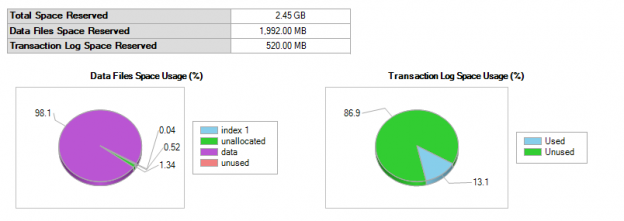
In this article, we will explore SQL Server ALTER TABLE ADD Column statements to add column(s) to an existing table. We will also understand the impact of adding a column with a default value and adding and updating the column with a value later on larger tables.
Read more »
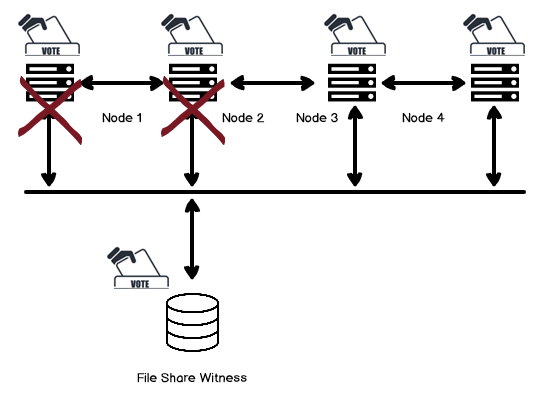
This article gives an overview of Windows Failover Cluster Quorum modes that is necessary for SQL Server Always on Availability Groups.
Read more »

In this article, we will review how to configure SAN less SQL Server cluster in AWS EC2 instances using SIOS DataKeeper.
Read more »

This article aims to walk you through the SQL Decimal data type and its usage with various examples. We will also see how we can exercise this data type in SQL Server to help make SQL developer’s job easier.
Read more »
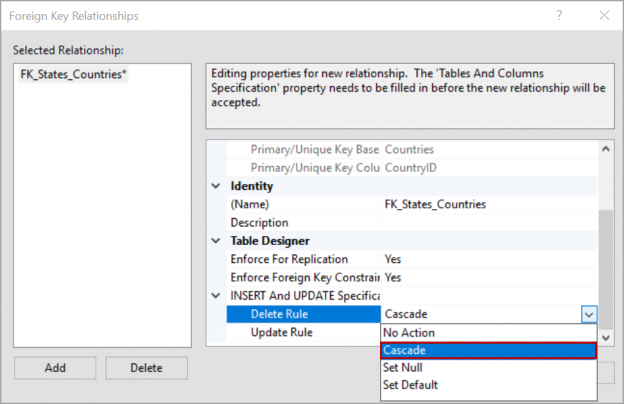
In this article, we will review on DELETE CASCADE AND UPDATE CASCADE rules in SQL Server foreign key with different examples.
Read more »
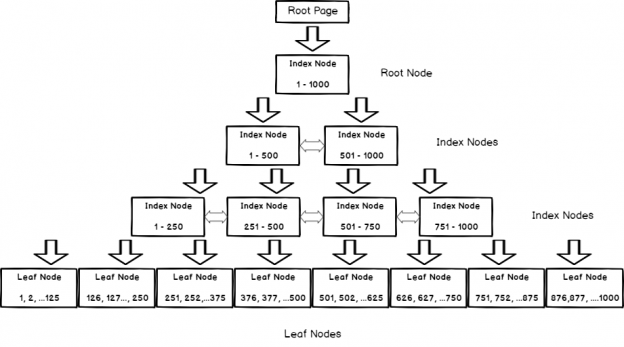
There are few topics so widely misunderstood and that generates such frequent bad advice as that of the decision of how to index a table. Specifically, the decision to use a heap over a clustered index is one where misinformation spreads quite frequently.
Read more »
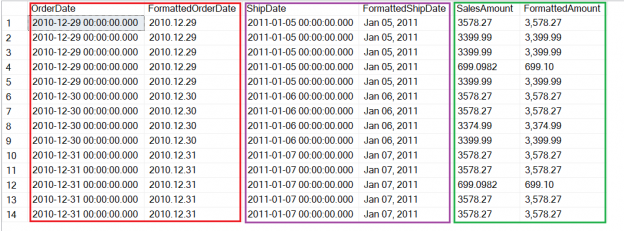
In this article we’ll review the SQL varchar data type including a basic definition and overview, differences from varchar(n), UTF-8 support, Collation, performance considerations and more.

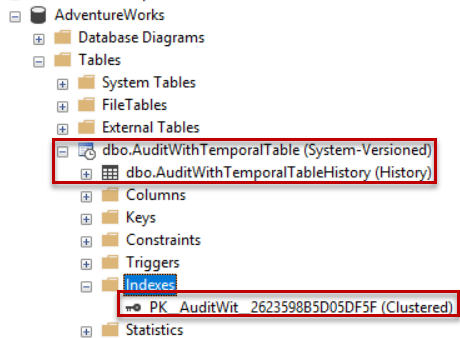
In previous articles of this SQL Server Audit series (see the TOC at the bottom), we discussed the main concept and real-life needs for having a SQL Server Audit solution. After that, we went through the different methods that can be used to audit the SQL Server instances and databases. In this article, we will show how to take advantages of the System-versioned Temporal Tables feature to audit database table DML changes.
Read more »© Quest Software Inc. ALL RIGHTS RESERVED. | GDPR | Terms of Use | Privacy